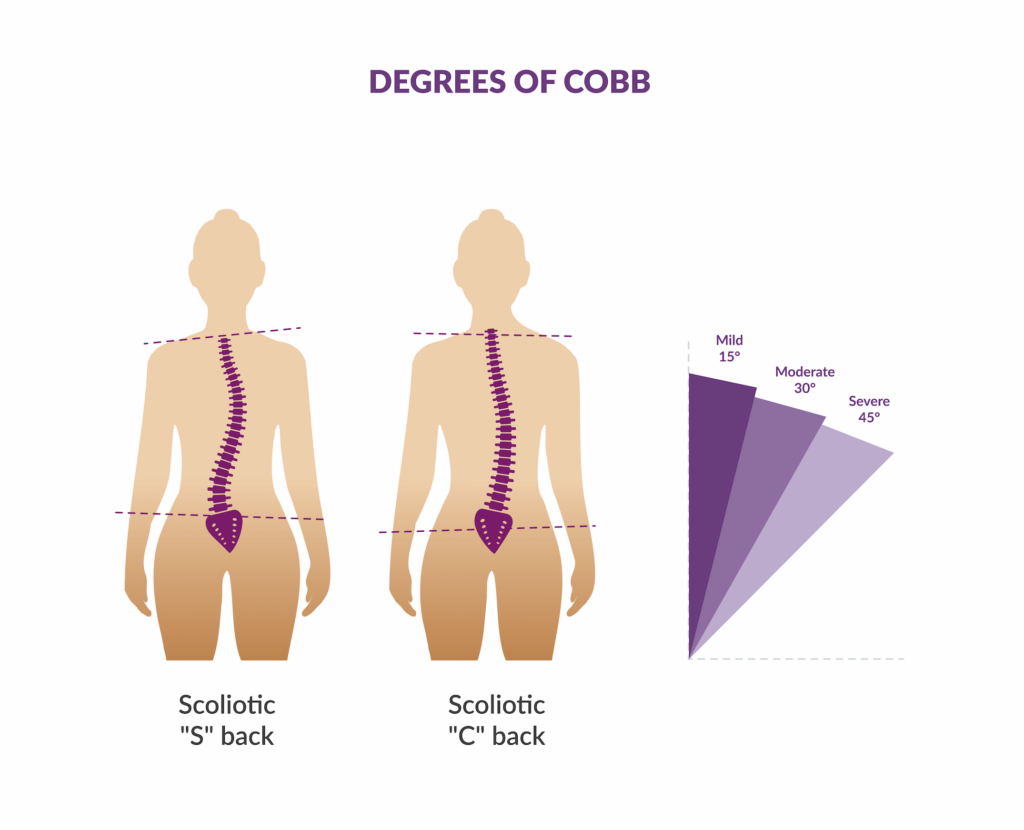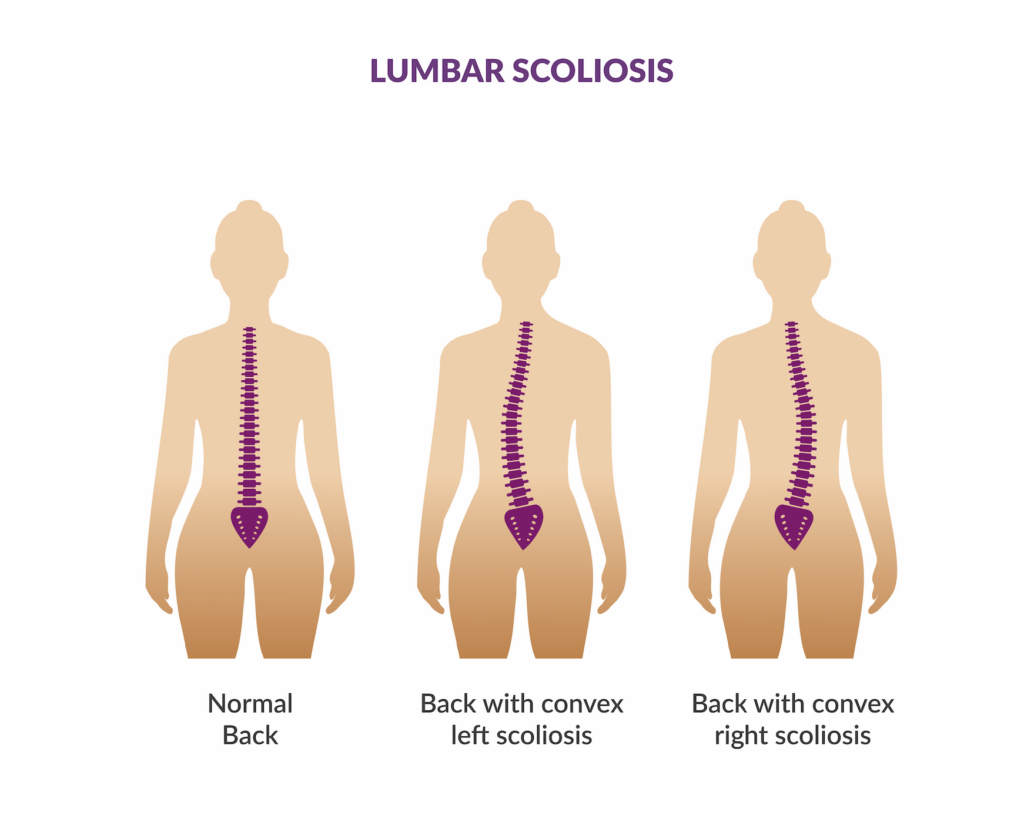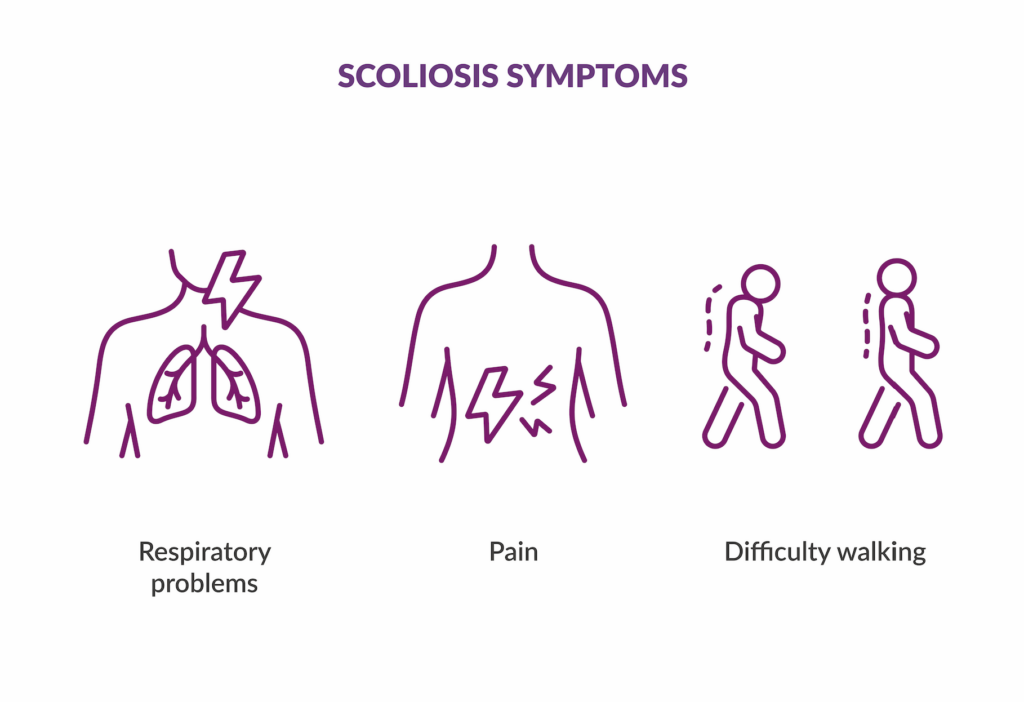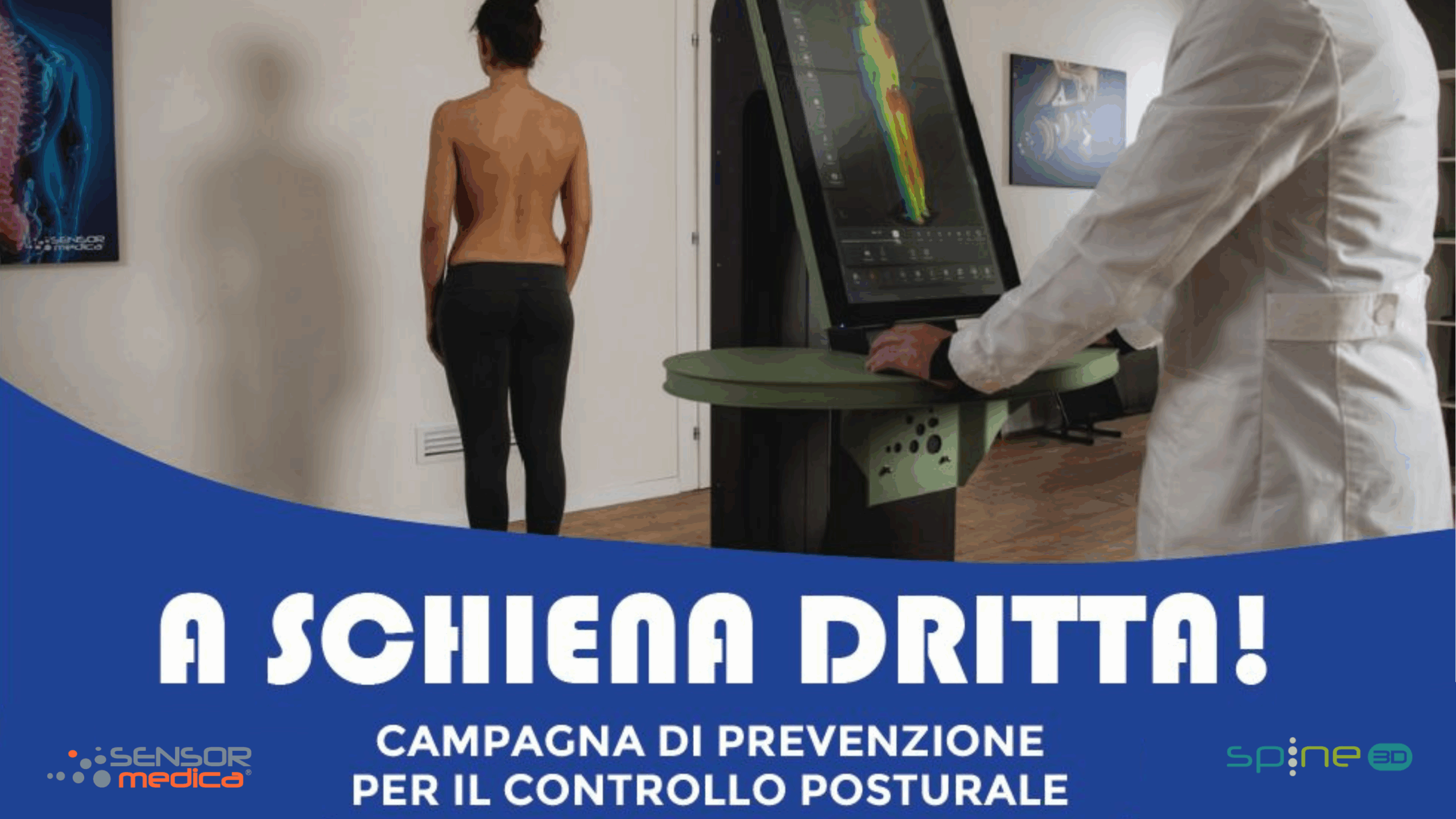
Lumbar scoliosis, symptoms and treatment pathway
Let’s take a look at what lumbar scoliosis is, what the most prominent symptoms are, and how to arrive at a diagnosis and the subsequent treatment phase.
Lumbar scoliosis is a complex lateral deviation of the spine, with associated rotation of the vertebrae in the lumbar region, and most frequently manifests as a convex left. The course of treatment can be complex, and where treatment with exercises and a back brace is not sufficient, surgery may be necessary.
When can we talk about scoliosis?

We talk of scoliosis when the curvature exceeds 10° Cobb. The Cobb angle is a measure used to determine the degree of curvature in a patient with scoliosis or in someone who has suffered a spinal fracture that leads to curvature. If the curvature does not exceed this value then we speak of a scoliotic attitude, a reversible posture defect. In the latter case, treatment is much simpler.
What types of scoliosis can we have?

Depending on the curvature we will be faced with different types of scoliosis, which we will briefly summarise below:
- convex right lumbar scoliosis, when the curve is to the right;
- convex left lumbar scoliosis, when the curve is to the left.
As already mentioned, convex left lumbar scoliosis is the most frequent. In contrast to this, cervical curves in most cases right convex.
What are the symptoms of lumbar scoliosis

There are phases when lumbar scoliosis shows no particular symptoms. We are talking about the growth phase. A lumbar scoliosis in adulthood, on the other hand (if not treated adequately and if undergoing rapid evolution due to disc degeneration), can present a varied and complex symptomatology, which we will summarise below:
- worsening pain (pathological situation that becomes more and more severe);
- difficulty walking;
- respiratory problems.
Diagnosis
As with many other physical problems, diagnosing lumbar scoliosis early (especially during the growth phase) can be very useful, because there are conservative treatments that manage, in some cases, to stabilise the problem.
Today, with the help of the non-invasive Spine 3D instrumentation, scoliosis can be diagnosed and monitored very easily (lumbar hump, asymmetric hips, rotation of the pelvis), so that an appropriate course of treatment can be defined in a timely manner.
Treatment pathway
After diagnosis, of course, if surgery is averted, an appropriate course of treatment is followed. The treatments for lumbar scoliosis are different and the specialist will choose the most appropriate ones depending on the severity of the curve and the patient’s age.
For mild spinal misalignment, it will be sufficient to carry out targeted exercises to improve the muscles supporting the spine. Obviously in the presence of more significant curvatures, the specialist will undoubtedly prescribe the use of an orthopaedic corset. We always remember that for more severe scoliosis there is always the option, albeit unpleasant, of surgery.
Surgery, however, is reserved exclusively for solving structural and developmental scoliosis problems. In less severe cases (scoliotic attitudes), so-called ‘postural vices’, the solution is always to proceed with conservative therapies.







